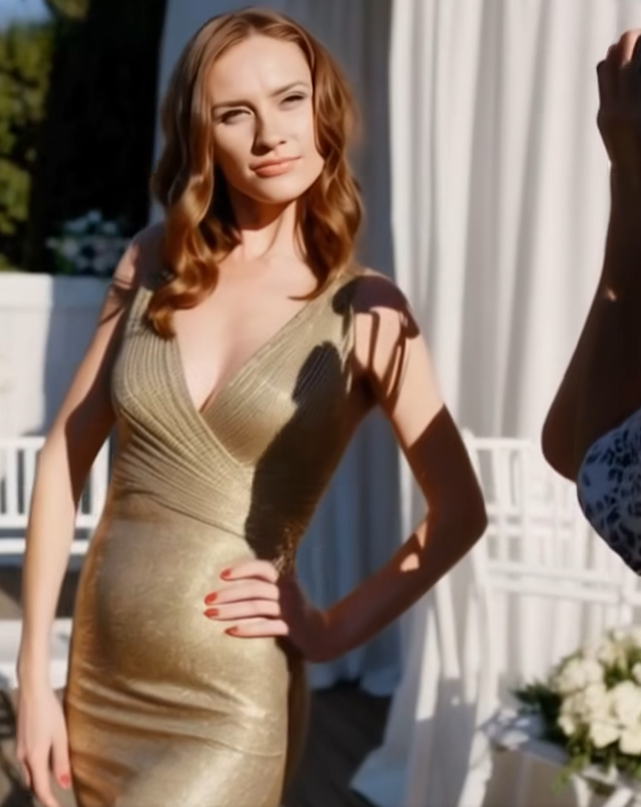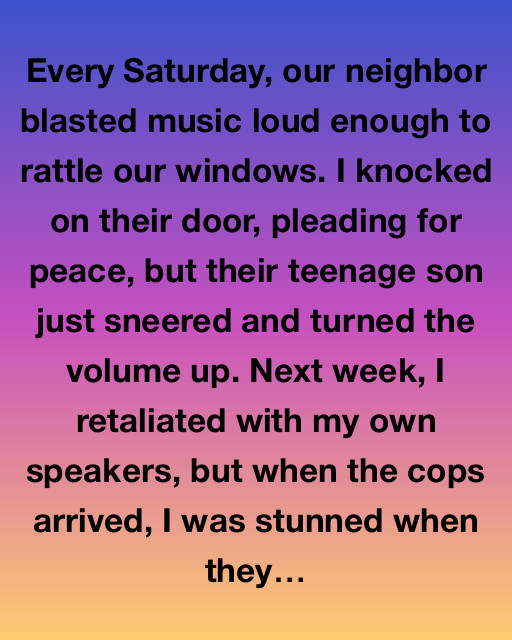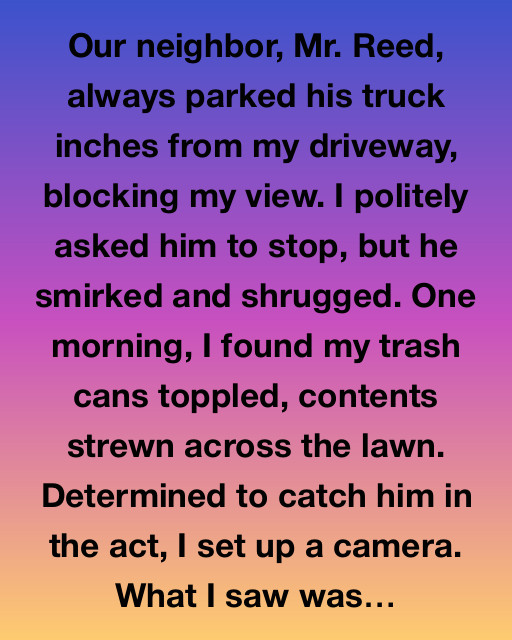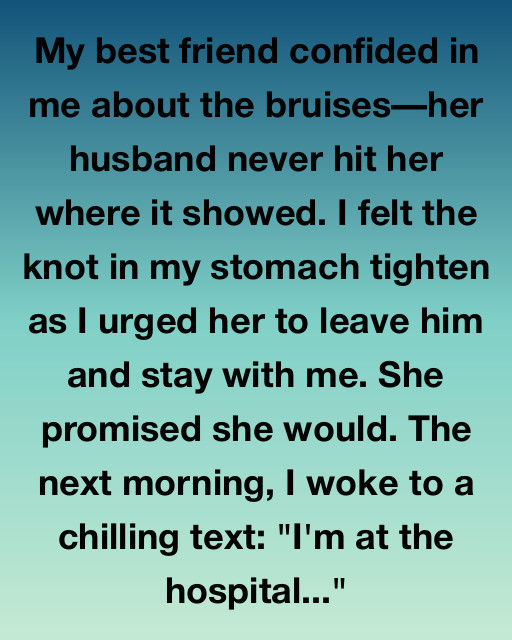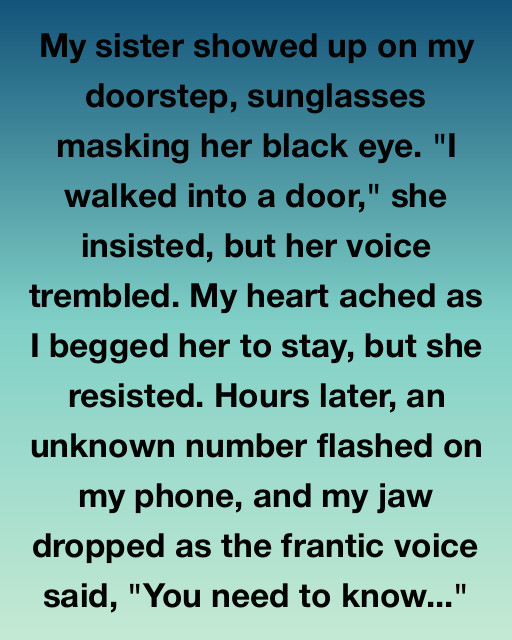We flew in, booked hotels, followed her strict rules. Still, at the rehearsal brunch, she said:
“I know your side’s more… casual. Just try to look presentable?”
Rude, but we stayed classy.
Then the wedding photos and video dropped—NOT A SINGLE SHOT OF OUR SIDE OF THE FAMILY. Just three seconds of my parents, and the rest? Her family and friends, front and center.
I texted nicely:
Me: “Hey! Any pics of us siblings?”
Courtney: “Hmm, there aren’t any. Maybe the photographer didn’t think they were worth keeping?”
Lies. We were filmed all the time. SHE SIMPLY ERASED US FROM HER WEDDING.
So when I got engaged, I gave our videographer Rachel special instructions: film Courtney like she was a diva.
Our wedding was perfect. And yesterday we posted the teaser clip.
Five minutes later?
Courtney called me screaming. “What’s the…HOW DID YOU DO IT?!”
I took a deep breath, trying to stay calm through the phone. “Hey, Courtney. I just wanted to show what a wedding really looks like—everyone’s part, not just one family. Maybe it’s time to see how it feels when the camera lens shifts.”
There was a long pause, then a shaky breath on her side. “You don’t get to make me look like a joke.”
I wasn’t trying to make her look like a joke. But if she wanted to erase my family from her big day, I had every right to show the world what that felt like.
The teaser Rachel put together was a mix of perfectly-timed shots. At the moment the officiant asked Daniel to turn to Courtney, she snapped at my niece to “sit still,” rolled her eyes at her own father, and then stormed off during the bouquet toss. The camera caught every glare, sigh, and huff like a silent movie of diva behavior. My family was all there, laughing, dancing, sharing hugs—the genuine moments Courtney’s video had ignored.
As Courtney’s voice softened, I heard a crack. “Why are you doing this to us?”
The “us” was telling. She hadn’t thought about how her wedding affected my family. Or that maybe she hadn’t just erased them from photos—she had made us feel invisible.
I said, “Because it’s not about ‘us’ or ‘them.’ It’s about respect. And your wedding didn’t have any for my family.”
The line went dead.
The next day, I got a message from Daniel.
“Can we talk? Courtney’s really upset but says she needs to understand.”
I met them at a quiet café nearby. Courtney was distant, almost fragile. Daniel looked torn.
“I never meant to hurt anyone,” Courtney said quietly. “I wanted my wedding to be perfect, my way. But now I see I just… pushed everyone away.”
Daniel nodded. “We both got caught up in what we wanted. I didn’t realize how much it hurt our family.”
The truth hit me hard. I wanted to be angry, but instead I felt something unexpected—hope.
Courtney wiped a tear. “I don’t want to be the villain. Can I make it right?”
That was the moment everything shifted.
Over the next few weeks, Courtney surprised us all. She invited my parents and siblings to her place for dinner, genuinely listened to their feelings, and apologized—not just to Daniel’s family, but to anyone she’d overlooked.
She even asked Rachel to share the original wedding footage with us all. The parts where we were there—laughing, dancing, cheering Daniel—were finally visible again.
We saw a different wedding than the one Courtney had shown the world. The one where both families came together, even if it was messy and imperfect.
Daniel and Courtney invited all of us to a small “family reunion” picnic. There were laughs, a few awkward moments, but mostly healing. Courtney even joked about her “diva moments” and promised to work on being less… dramatic.
I realized that beneath the glitter and perfectionism was a woman who just wanted to be loved and accepted. Maybe she was scared, like we all are, that if she didn’t control the story, it would fall apart.
Looking back, the whole thing taught me something valuable: weddings are about more than photos and videos. They’re about connection, respect, and understanding. If you erase part of the story, you lose the heart.
And sometimes, it takes a little push—a controversial video, a tough conversation—to bring everyone back.
So here’s the takeaway: Don’t let one person’s idea of “perfect” silence or erase the people who matter most. Stand up for your place at the table, and be brave enough to open that table wider.
Because family isn’t just about blood or photos. It’s about being seen.
If this story touched you, please share it with someone who might need a reminder that every voice deserves to be heard—and every person deserves a seat.
Like and share to keep the conversation going. Sometimes healing starts with a story.
